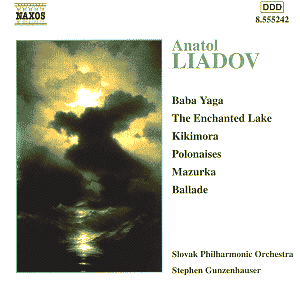 Composer: Johann Sebastian Bach
Composer: Johann Sebastian Bach
Works: English Suites Nos. 1-6, French Suites Nos. 1-6
Performers: Alan Curtis (harpsichord)
Recording: Rec July 1979, Kunst und Gewerbe, Hamburg
Label: APEX 0927 40808 2, APEX 0927 40814 2, APEX 0927 40813 2
Bach’s English and French Suites represent a pivotal juncture in the development of keyboard music in the early 18th century. Composed during a time when the harpsichord was becoming the dominant solo instrument, these suites encapsulate Bach’s ability to distill complex emotions into the dance forms that characterized the Baroque era. While the English Suites are steeped in the tradition of English dance music, the French Suites are notable for their homage to the French style, particularly the influence of Lully. Yet, the titular distinctions remain enigmatic, as the works themselves transcend national boundaries, intertwining stylistic elements in a way that showcases Bach’s profound understanding of musical language.
Alan Curtis’s interpretations breathe life into these suites with a meticulous attention to detail and a palpable sense of rhythm. His choice of a Christian Zell harpsichord, dating from 1728, is particularly apt, as it imbues the recording with a rich, resonant sound that beautifully conveys Bach’s intricate counterpoint. The artist’s approach to tempo and phrasing demonstrates a commendable balance between clarity and expressiveness. For example, in the Allemande of the English Suite No. 1, Curtis opts for a slightly more expansive tempo that allows the melodic lines to unfold gracefully, revealing the inherent poignancy of Bach’s writing. This interpretative choice not only highlights the individual character of each dance but also underscores the emotional narrative that Bach weaves throughout the suites.
The technical execution is equally impressive; Curtis navigates the rapid passages of the Courantes and the intricate ornamentation with both precision and flair. The ornamentation, often a point of contention among performers, is handled here with a sense of authenticity, suggesting an understanding of performance practice that enriches the listening experience. The Gigue from the English Suite No. 3, for instance, showcases Curtis’s ability to articulate the rhythmic vitality of the dance while maintaining a cohesive structure, ensuring that variations in dynamics and articulation serve the overall musical dialogue rather than distract from it.
The sound quality of the recording deserves particular mention. The Teldec engineers have achieved an ideal balance, presenting Curtis’s performance with an intimate yet spacious sound that allows the nuances of the harpsichord to resonate without overwhelming the listener. The recording does not veer into the overly close, which can distort the instrument’s timbre, nor does it retreat into a distant soundscape that sacrifices detail and immediacy. This careful engineering creates an atmosphere that invites the listener into the world of Bach’s compositions, making the experience both engaging and immersive.
When comparing this recording to other notable interpretations, such as those by Gustav Leonhardt or Andreas Staier, Curtis’s performances stand out for their lyrical expressiveness and a refreshing sense of spontaneity. While Leonhardt might lean towards a more austere execution, and Staier occasionally infuses modern sensibilities into his interpretations, Curtis remains firmly rooted in the Baroque ethos, marrying scholarly rigor with an emotional depth that resonates throughout the suites.
The interplay of historical context, interpretative choices, and technical prowess culminates in a recording that not only honors Bach’s genius but also invites new listeners to explore his world. Alan Curtis’s readings of the English and French Suites are a testament to the enduring power of Bach’s music, showcasing the harpsichord’s capabilities while illuminating the intricate dance between form and expression inherent in these works. Such a recording is not merely an addition to the canon of Bach interpretations; it is a vital contribution that highlights the continued relevance of his music in contemporary performance.



